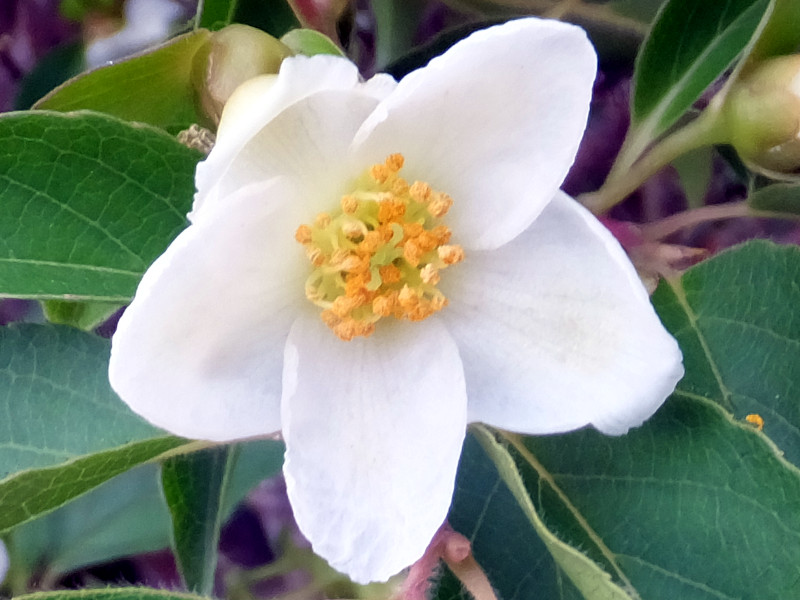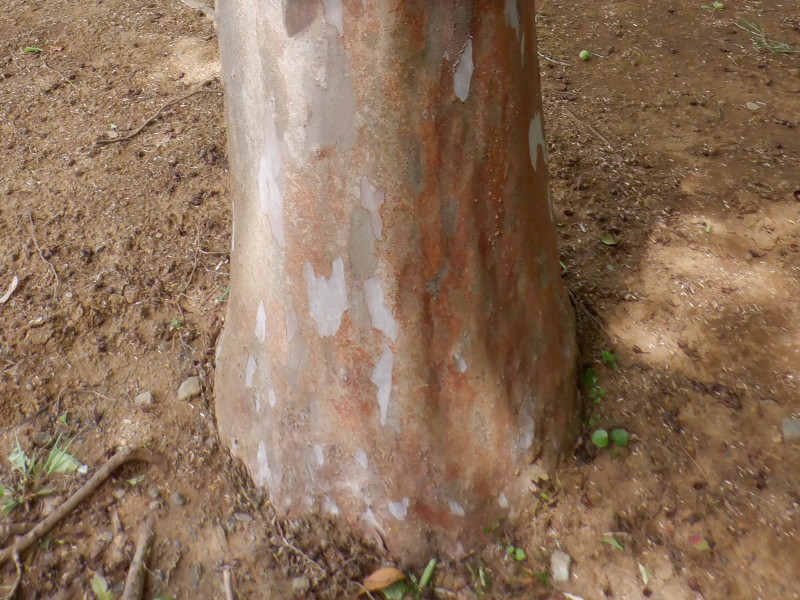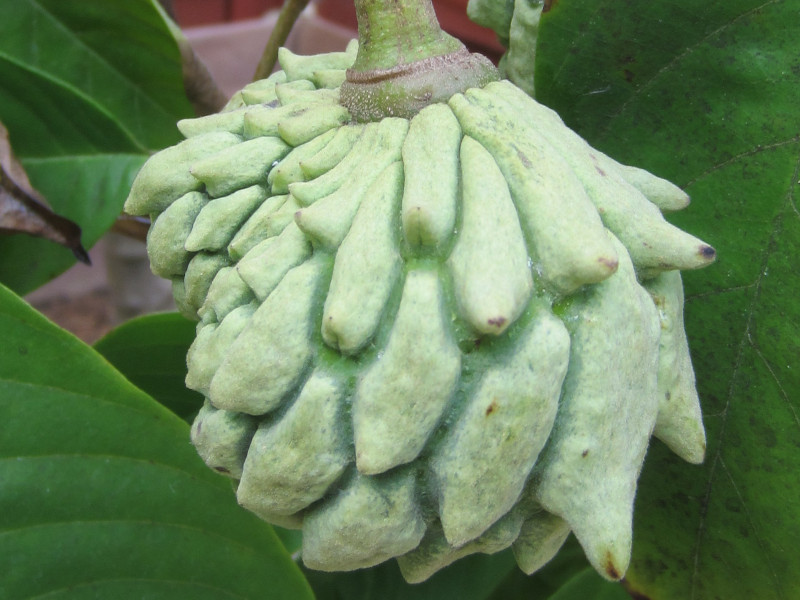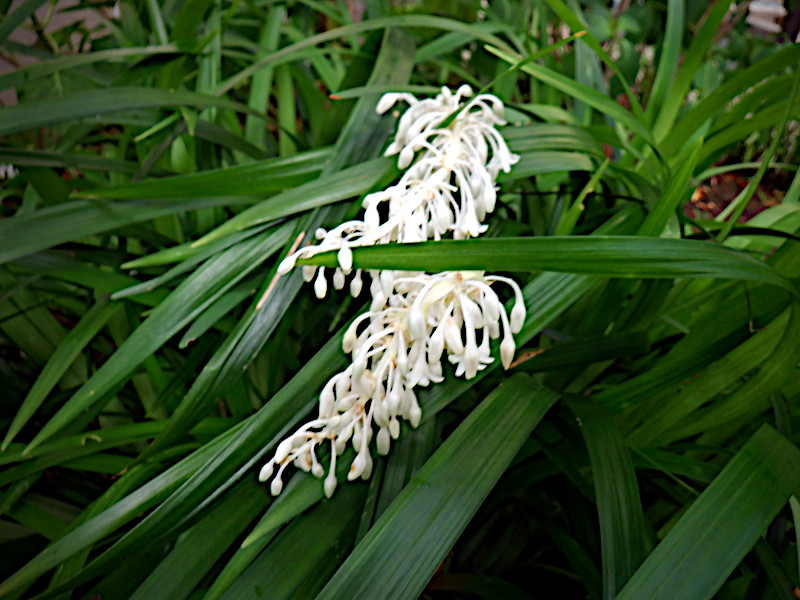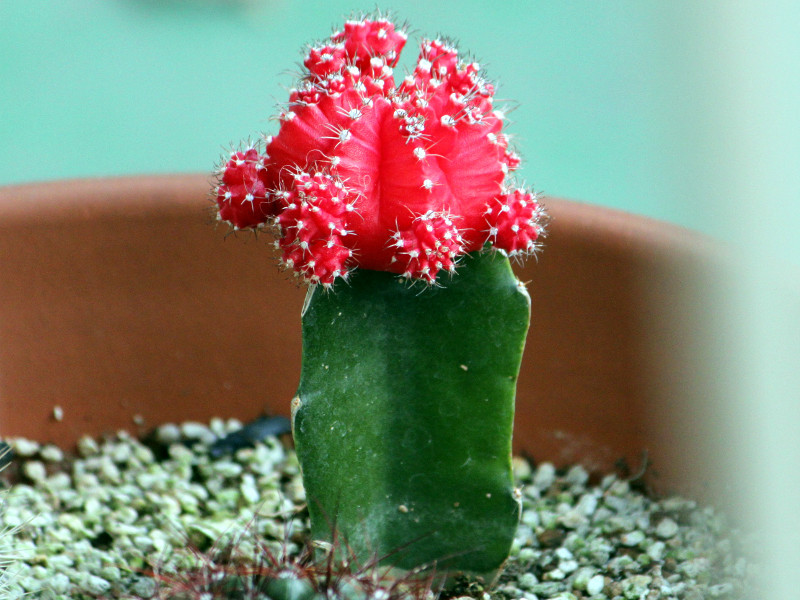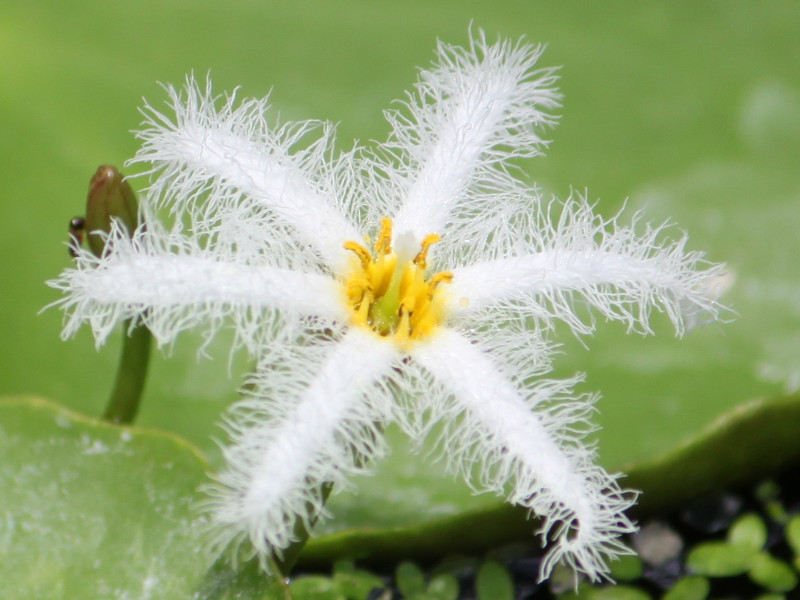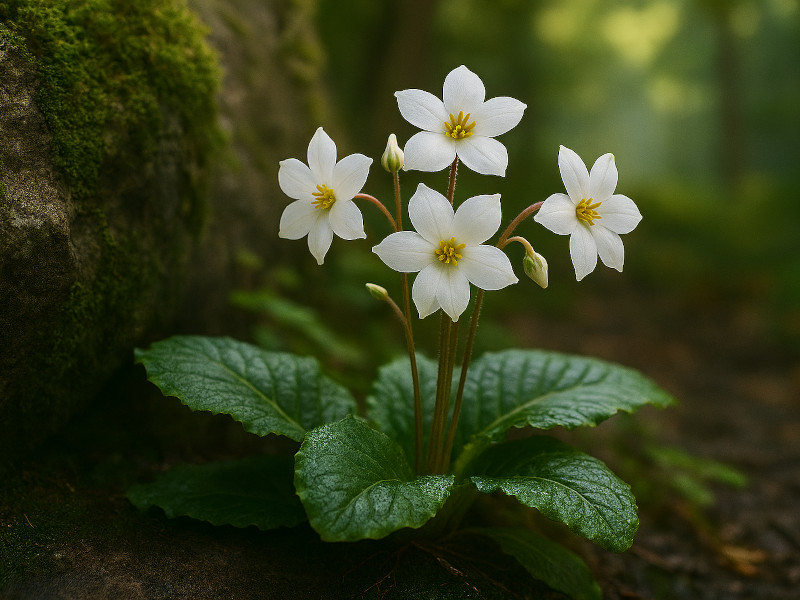Stewartia monadelpha
- Flower nameStewartia monadelpha
- Scientific nameStewartia monadelpha
- AliasStewartia monadelpha, 姫沙羅, Himeshara
- Place of originJapan
- Place of floweringGarden, Low mountains
- Flowering seasonMay, June, July, August
What is Stewartia monadelpha
Stewartia monadelph or Himeshara (Japanese Stewartia, scientific name: Stewartia monadelpha) is an endemic species to Japan and a deciduous tall tree belonging to the Theaceae family, Stewartia genus. It naturally grows in the mountainous regions of southern Honshu, Shikoku, and Kyushu. Mature trees have bark that peels and turns reddish-brown, similar to the crepe myrtle (Lagerstroemia indica).
The tree reaches a height of 10 to 15 meters, with smooth, glossy, light reddish-brown bark. The leaves are green and turn red in autumn. The leaves are oblong-elliptic with acuminate tips and a narrowly cuneate base. In May, it produces small, white, ephemeral flowers, 1.5 to 2 cm in diameter, from the leaf axils.
Differences between Himeshara and Natsu-tsubaki
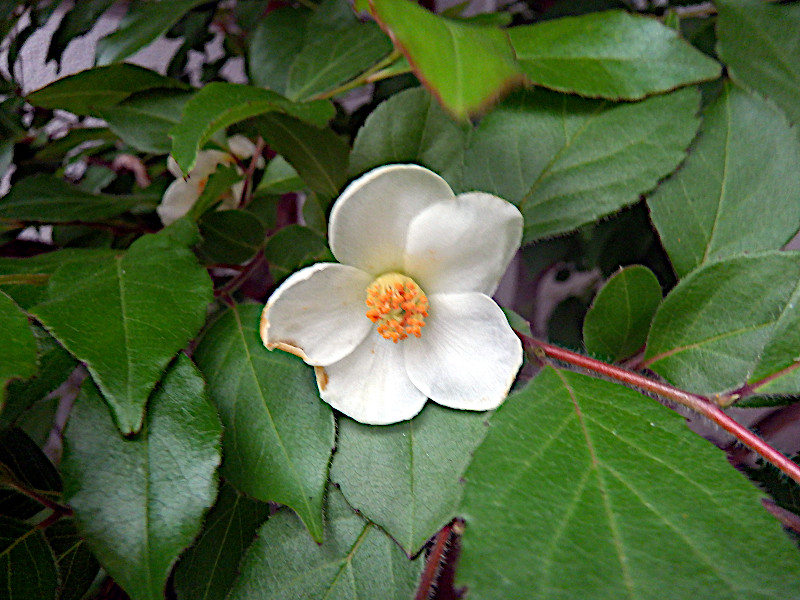
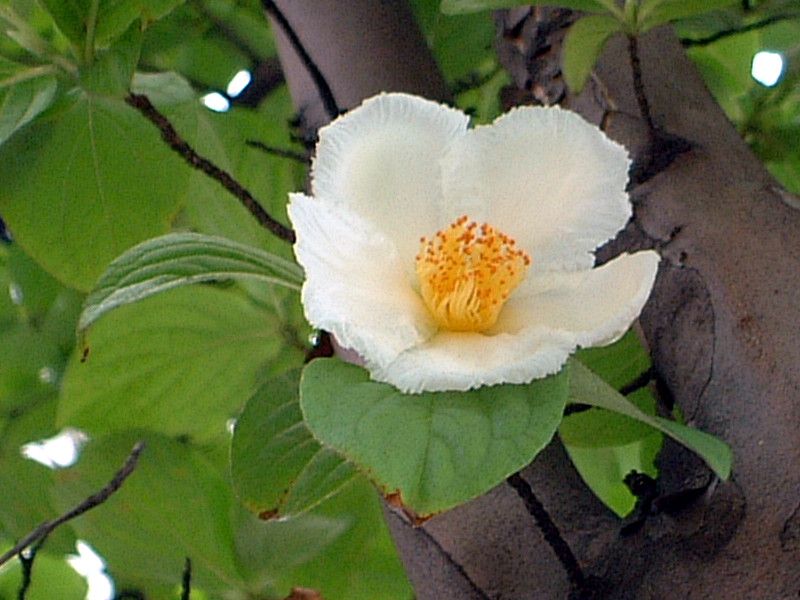
Himeshara (S. monadelpha) on the left, Natsu-tsubaki (S. pseudocamellia) on the right.
Himeshara blooms in May, has slender leaves with pointed tips, and small flowers. Natsu-tsubaki blooms from June to July, has oval leaves with rounded tips, and larger flowers.
The Natsu-tsubaki (Japanese Stewartia, Stewartia pseudocamellia), also known as Sharanoki, is very similar to Himeshara. Both trees have the same height, but the leaves and flowers of Himeshara are smaller. The differences are as follows:
Himeshara (Stewartia monadelpha)
Blooming period: May, Flower diameter: Small (1.5-2 cm), Leaves: Narrow and long with acuminate tips
Natsu-tsubaki (Stewartia pseudocamellia) = Sharanoki
Blooming period: June-July, Flower diameter: Large (5-6 cm), Leaves: Oval with obtuse tips
Common Name: Stewartia monadelpha or Himeshara (Japanese Stewartia), Scientific Name: Stewartia monadelpha, Origin: Japan, Classification: Plantae, Angiosperms, Eudicots, Theales, Theaceae, Stewartia, Stewartia monadelpha, Life Form: Deciduous tall tree, Tree Height: 10-15 meters, Bark: Light reddish-brown, smooth, and glossy, Leaf Color: Yellow-green turning red in autumn, Leaf Blade Length: 5-8 cm, Leaf Blade Width: 2-4 cm, Leaf Shape: Oblong-elliptic with acuminate tip and narrow cuneate base, Leaf Margin: Serrated, Flowering Period: May
Flower Position: Leaf axils, Flower Diameter: 1.5-2 cm, Flower Color: White, Fruiting Period: September-October, Fruit Diameter: 1 cm, Fruit Shape: Ovoid, Fruit Type: Capsule, Fruit Color: Brown, splits into five parts,.
